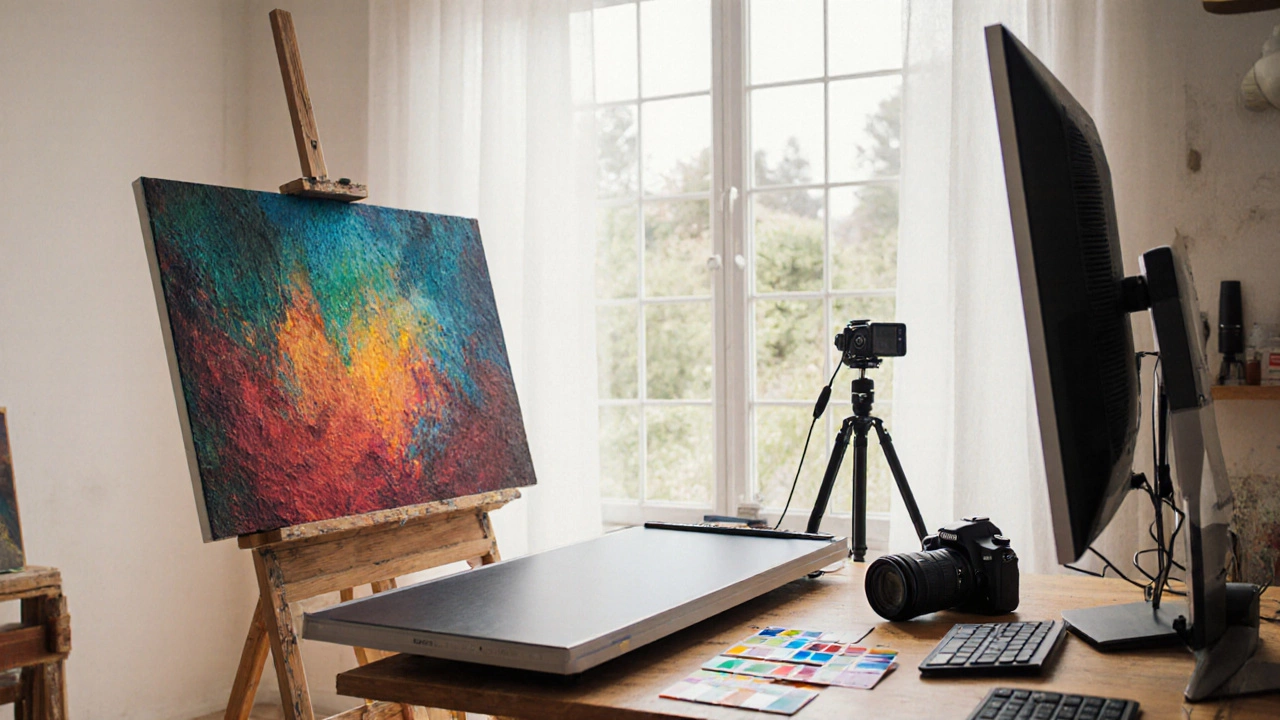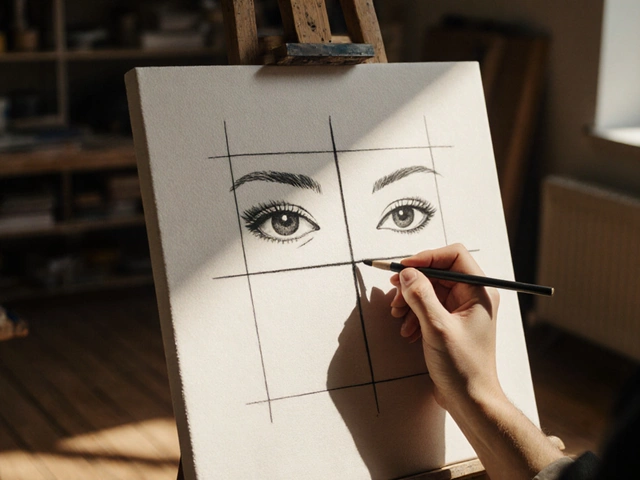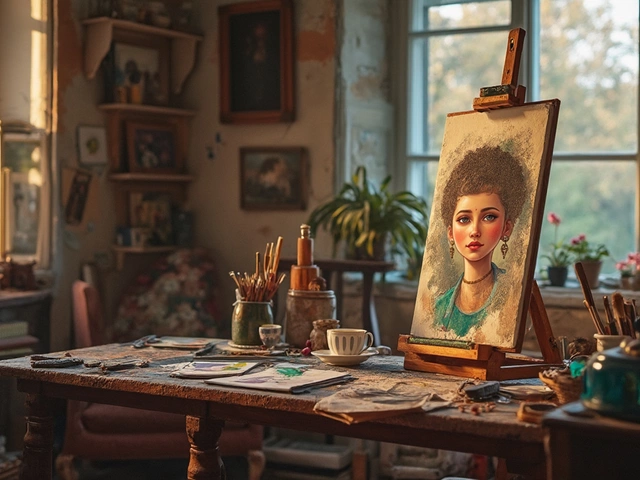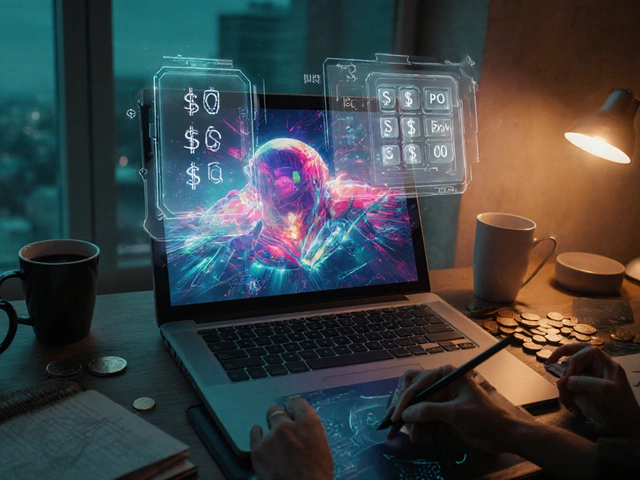Digital Prints: Everything You Need to Know
When working with digital prints, high‑resolution reproductions of artwork created or processed on a computer and printed on various media. Also known as digital reproductions, they let artists share their work beyond the screen while keeping the original file intact.
Digital prints sit at the crossroads of digital art, art created using software, tablets or computers, NFTs, blockchain‑based tokens that certify ownership of a digital piece and print‑on‑demand, service that prints and ships a piece only after a buyer orders it. The first relationship means that any digital artwork can become a printable product, turning pixels into tangible pieces. The second link shows how blockchain can add provenance to a print, letting collectors verify authenticity. The third connection highlights that artists don’t need a large inventory; a single file can generate unlimited sales through on‑demand printers.
Why Digital Prints Matter Today
Because they combine the flexibility of digital creation with the tactile appeal of physical media, digital prints have become a go‑to revenue stream for creators. You can sell them on online marketplaces, set up a personal shop, or even bundle them with NFTs for a hybrid offering. Print‑on‑demand sites handle color management, material choices, and shipping, so you focus on designing and marketing. Meanwhile, NFTs can boost the perceived value, especially for limited‑edition runs where each print carries a unique token. This blend of tech and tradition lets artists experiment with size, paper type, canvas, metal or acrylic, expanding their creative toolkit without hefty upfront costs.
From a practical standpoint, mastering a few key tools makes the whole process smoother. High‑resolution files (300 dpi or more) ensure crisp details; color profiles like Adobe RGB or sRGB keep hues consistent across screens and prints. Software such as Photoshop, Procreate or free alternatives like GIMP let you fine‑tune layers, add bleed, and export print‑ready PDFs. When you upload to a print‑on‑demand platform, you’ll choose options like matte vs. glossy, matte canvas vs. glossy photo paper, or even metal prints for a modern look. Pricing strategies vary: some creators set a flat rate, while others factor in material cost, time spent, and a profit margin. Many use tiered pricing—offering a standard print, a signed edition, and a premium framed version—to capture different buyer segments.
Looking ahead, the market for digital prints keeps growing as more people decorate homes and offices with affordable art. Trends show a rise in limited‑edition runs, collaborations between traditional painters and digital illustrators, and the use of AR (augmented reality) to preview a print on a wall before buying. If you’re just starting, experiment with a few pieces, test different media, and track which formats sell best. For seasoned artists, consider adding NFTs to certify limited editions or exploring eco‑friendly materials to attract sustainability‑focused buyers. The possibilities are broad, and the tools are more accessible than ever.
Below you’ll find a curated list of articles that dive deeper into each of these areas—how to turn sketches into digital art, ways to monetize your prints, the role of NFTs, and step‑by‑step guides for using print‑on‑demand services. Whether you’re looking for quick tips or a full strategy, the collection has something to boost your digital print journey.

Learn how to convert your paintings into museum‑quality digital prints, from scanning or photographing to color‑management, file formats, printing methods, and selling tips.





